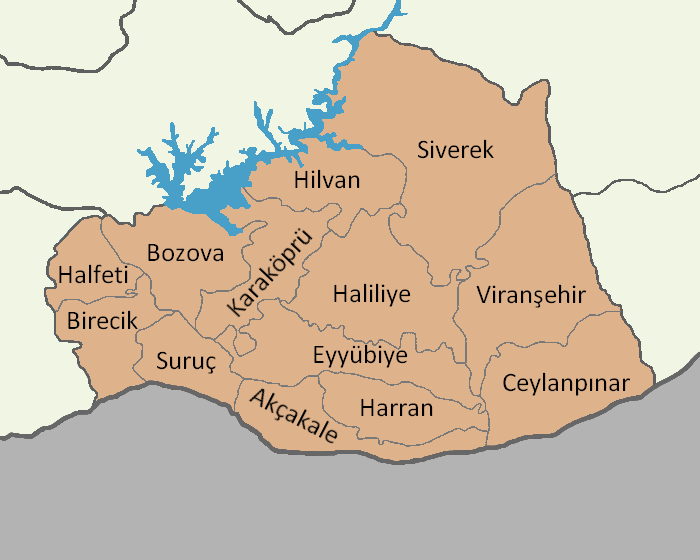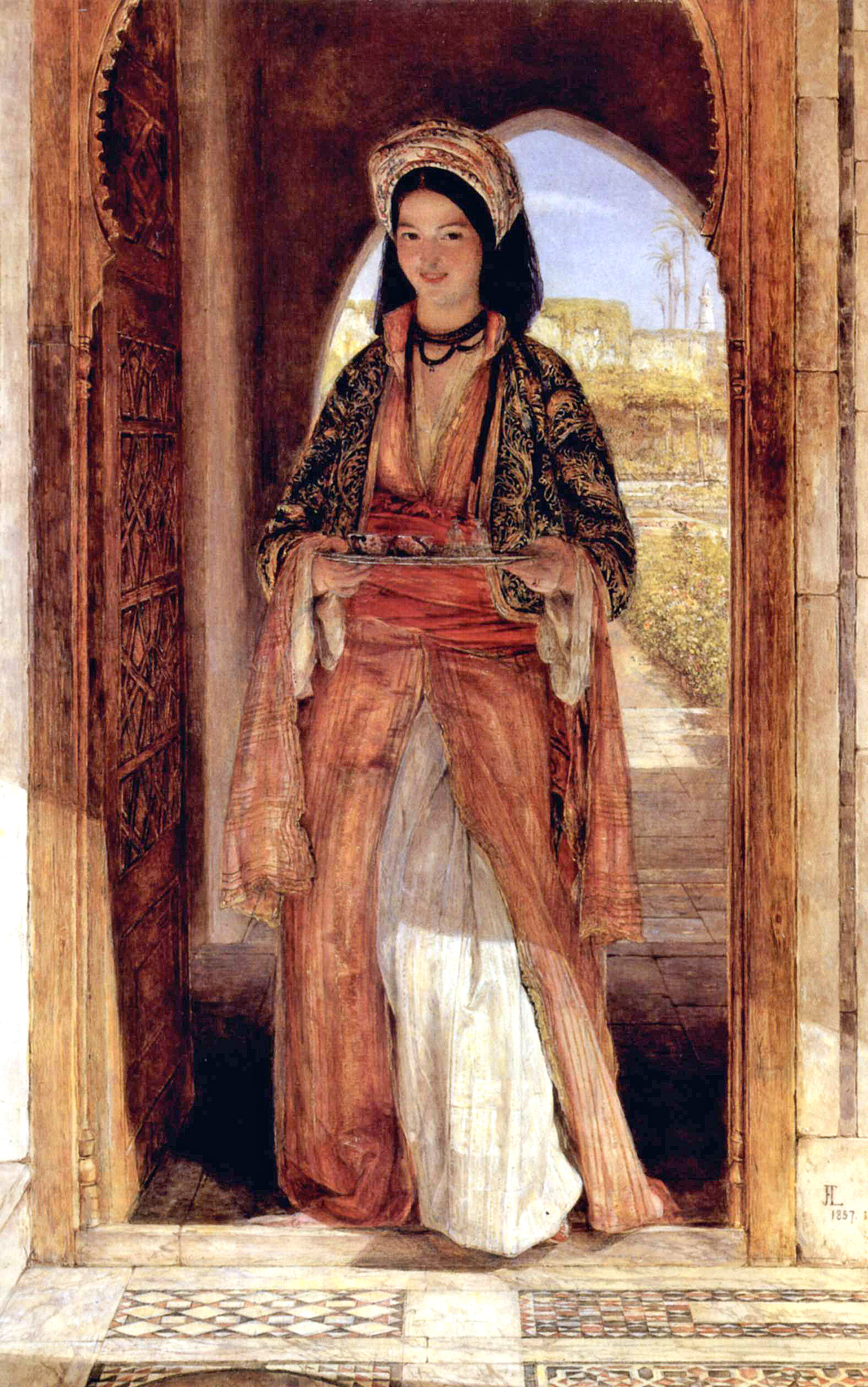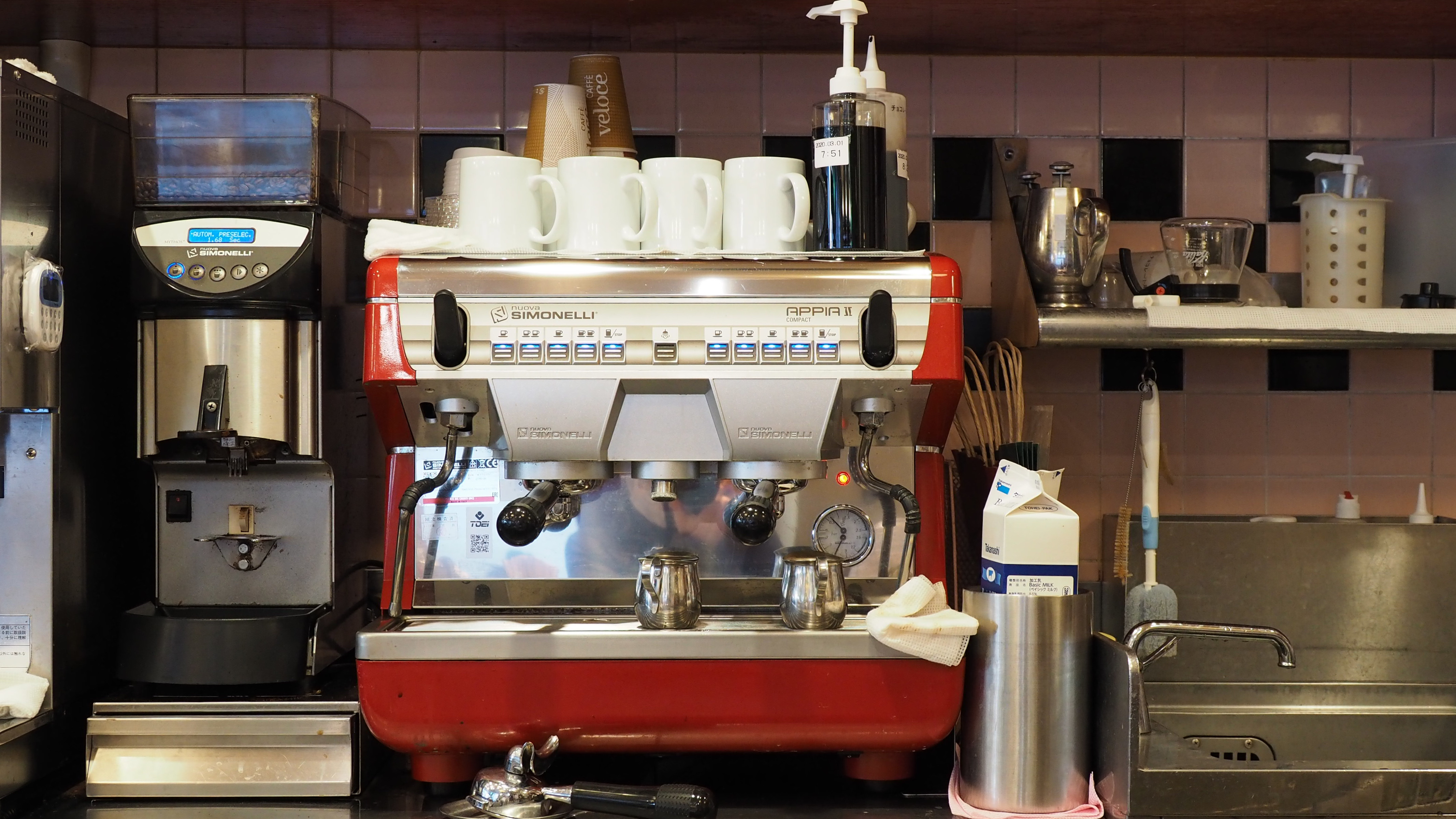|
Mırra
Mırra is a traditional type of bitter coffee prepared in the Hatay, Adana, Urfa and Mardin provinces of Turkey, as well as in some Arab countries like Lebanon and Syria, which is also sometimes correctly referred to as Arabic coffee because the name is derived from Arabic; ''mur'' meaning bitter. Since it is very bitter and dark, it is served in tiny cups without handles similar in size to Italian espresso cups. The coffee beans for Mırra are common coffea arabica coffee beans that are roasted twice to increase the bitter taste. They are ground so that they are still grainy, unlike Turkish coffee, which is more like a powder. The coffee is put into a narrow-topped small boiling pot called cezve, and water is added, usually accompanied by some cardamom Cardamom (), sometimes cardamon or cardamum, is a spice made from the seeds of several plants in the genera ''Elettaria'' and ''Amomum'' in the family Zingiberaceae. Both genera are native to the Indian subcontinent and Indones ... [...More Info...] [...Related Items...] OR: [Wikipedia] [Google] [Baidu] |
Coffee
Coffee is a drink prepared from roasted coffee beans. Darkly colored, bitter, and slightly acidic, coffee has a stimulant, stimulating effect on humans, primarily due to its caffeine content. It is the most popular hot drink in the world. Seeds of the ''Coffea'' plant's fruits are separated to produce unroasted green coffee beans. The beans are Coffee roasting, roasted and then ground into fine particles that are typically steeped in hot water before being filtered out, producing a cup of coffee. It is usually served hot, although chilled or iced coffee is common. Coffee can be prepared and presented in a variety of ways (e.g., espresso, French press, caffè latte, or already-brewed canned coffee). Sugar, sugar substitutes, milk, and cream are often used to mask the bitter taste or enhance the flavor. Though coffee is now a global commodity, it has a History of coffee, long history tied closely to food traditions around the Red Sea. The earliest credible evidence of coffee d ... [...More Info...] [...Related Items...] OR: [Wikipedia] [Google] [Baidu] |
Hatay Province
Hatay Province ( tr, Hatay ili, ) is the southernmost province of Turkey. It is situated almost entirely outside Anatolia, along the eastern coast of the Levantine Sea. The province borders Syria to its south and east, the Turkish province of Adana to the northwest, Osmaniye to the north, and Gaziantep to the northeast. It is partially in Çukurova, a large fertile plain along Cilicia. Its administrative capital is Antakya, making it the only Turkish province not named after its administrative capital or any settlement. Sovereignty over most of the province remains disputed with neighbouring Syria, which claims that the province had a demographic Arab majority, and was separated from itself against the stipulations of the French Mandate of Syria in the years following Syria's occupation by France after World War I. History Antiquity Settled since the early Bronze Age, Hatay was once part of the Akkadian Empire, then of the Amorite Kingdom of Yamhad. Later, it became part ... [...More Info...] [...Related Items...] OR: [Wikipedia] [Google] [Baidu] |
Adana Province
Adana Province ( tr, ) is a province of Turkey located in central Cilicia. With a population of 2.26 million, it is the sixth most populous province in Turkey. The administrative seat of the province is the city of Adana, home to 79% of the residents of the province. It is also closely affiliated with other Cilician provinces of Mersin, Osmaniye, and Hatay. Geography The southern and central portion of the province mostly falls within the Çukurova Plain (historically known as the Cilician Plain), to the north, the plains give way to the Taurus Mountains ( Turkish: ''Toros Dağları''). The provinces adjacent to it are Mersin to the west, Hatay to the southeast, Osmaniye to the east, Kahramanmaraş to the northeast, Kayseri to the north, and Niğde to the northwest. Governance Two levels of government are involved in the administration of the Adana Province: the Central and the Provincial. Adana Governorship is the provincial branch of the Central government and Adana Pr ... [...More Info...] [...Related Items...] OR: [Wikipedia] [Google] [Baidu] |
Şanlıurfa Province
Şanlıurfa Province ( tr, Şanlıurfa ili; ku, Parêzgeha Rihayê) or simply Urfa Province is a province in southeastern Turkey. The city of Şanlıurfa is the capital of the province which bears its name. The population is 1,845,667 (2014). The province is considered part of Turkish Kurdistan and has a Kurds, Kurdish majority with a significant Arabs, Arab and Turkish people, Turkish minority. Districts Şanlıurfa province is divided into 13 Districts of Turkey, districts (capital district in bold): * Urfa (Central district. In 2014 it was split into three districts: Eyyübiye, Haliliye and Karaköprü.) * Akçakale * Birecik * Bozova * Ceylanpınar * Halfeti * Harran * Hilvan * Siverek * Suruç * Viranşehir Geography Area 18,584 km2 (7,173 sq. miles), the largest province of Southeast Anatolia with: * Adıyaman to the north; * Syria to the south; * Mardin and Diyarbakır to the east; * Gaziantep to the west; Şanlıurfa includes several major components of the ... [...More Info...] [...Related Items...] OR: [Wikipedia] [Google] [Baidu] |
Mardin Province
Mardin Province ( tr, Mardin ili; ku, Parêzgeha Mêrdînê; ar, محافظة ماردين) is a province of Turkey with a population of 809,719 in 2017, slightly down from the population of 835,173 in 2000. Kurds form the majority of the population, followed closely by Arabs who represent 40% of the province's population.Ayse Guc Isik, 201The Intercultural Engagement in Mardin Australian Catholic University. pp. 46–48. Demographics Mardin Province is considered part of Turkish Kurdistan and is populated by Kurds and Arabs who adhere to Shafi'i Islam. There is also a small Assyrian Christian population left. A recent study from 2013 has shown that 40% of Mardin Province's population identify as Arabs, and this proportion increases to 49% in the cities of Mardin and Midyat, where Arabs form the plurality. A 1996 study estimated that the population of Mardin Province as a whole was about 75% Kurdish in 1990. Social relations Social relations between Arabs and Kurds have hi ... [...More Info...] [...Related Items...] OR: [Wikipedia] [Google] [Baidu] |
Turkey
Turkey ( tr, Türkiye ), officially the Republic of Türkiye ( tr, Türkiye Cumhuriyeti, links=no ), is a list of transcontinental countries, transcontinental country located mainly on the Anatolia, Anatolian Peninsula in Western Asia, with a East Thrace, small portion on the Balkans, Balkan Peninsula in Southeast Europe. It shares borders with the Black Sea to the north; Georgia (country), Georgia to the northeast; Armenia, Azerbaijan, and Iran to the east; Iraq to the southeast; Syria and the Mediterranean Sea to the south; the Aegean Sea to the west; and Greece and Bulgaria to the northwest. Cyprus is located off the south coast. Turkish people, Turks form the vast majority of the nation's population and Kurds are the largest minority. Ankara is Turkey's capital, while Istanbul is its list of largest cities and towns in Turkey, largest city and financial centre. One of the world's earliest permanently Settler, settled regions, present-day Turkey was home to important Neol ... [...More Info...] [...Related Items...] OR: [Wikipedia] [Google] [Baidu] |
Lebanon
Lebanon ( , ar, لُبْنَان, translit=lubnān, ), officially the Republic of Lebanon () or the Lebanese Republic, is a country in Western Asia. It is located between Syria to the north and east and Israel to the south, while Cyprus lies to its west across the Mediterranean Sea; its location at the crossroads of the Mediterranean Basin and the Arabian hinterland has contributed to its rich history and shaped a cultural identity of religious diversity. It is part of the Levant region of the Middle East. Lebanon is home to roughly six million people and covers an area of , making it the second smallest country in continental Asia. The official language of the state is Arabic, while French is also formally recognized; the Lebanese dialect of Arabic is used alongside Modern Standard Arabic throughout the country. The earliest evidence of civilization in Lebanon dates back over 7000 years, predating recorded history. Modern-day Lebanon was home to the Phoenicians, a m ... [...More Info...] [...Related Items...] OR: [Wikipedia] [Google] [Baidu] |
Syria
Syria ( ar, سُورِيَا or سُورِيَة, translit=Sūriyā), officially the Syrian Arab Republic ( ar, الجمهورية العربية السورية, al-Jumhūrīyah al-ʻArabīyah as-Sūrīyah), is a Western Asian country located in the Eastern Mediterranean and the Levant. It is a unitary republic that consists of 14 governorates (subdivisions), and is bordered by the Mediterranean Sea to the west, Turkey to the north, Iraq to the east and southeast, Jordan to the south, and Israel and Lebanon to the southwest. Cyprus lies to the west across the Mediterranean Sea. A country of fertile plains, high mountains, and deserts, Syria is home to diverse ethnic and religious groups, including the majority Syrian Arabs, Kurds, Turkmens, Assyrians, Armenians, Circassians, Albanians, and Greeks. Religious groups include Muslims, Christians, Alawites, Druze, and Yazidis. The capital and largest city of Syria is Damascus. Arabs are the largest ethnic group, and Mu ... [...More Info...] [...Related Items...] OR: [Wikipedia] [Google] [Baidu] |
Arabic Coffee
Arabic coffee is a version of the brewed coffee of ''Coffea arabica'' beans. Most Arab countries throughout the Middle East have developed distinct methods for brewing and preparing coffee. Cardamom is an often-added spice, but it can alternatively be served plain or with sugar. There are several different styles to brewing the coffee depending on the preference of the drinker. Some methods keep the coffee light whereas others can make it dark. Arabic coffee is bitter, and typically no sugar is added. It is usually served in a small cup that is adorned with a decorative pattern, known as a finjān. Culturally, Arabic coffee is served during family gatherings or when receiving guests. Arabic coffee is ingrained within Middle Eastern and Arab culture and tradition, and is the most popular form of coffee brewed in the Middle East. It originated in the Middle East, beginning in Yemen and eventually travelling to Mecca (Hejaz), Egypt, the Levant, and then, in the mid-16th century, to ... [...More Info...] [...Related Items...] OR: [Wikipedia] [Google] [Baidu] |
Espresso
Espresso (, ) is a coffee-brewing method of Italian origin, in which a small amount of nearly boiling water (about ) is forced under of pressure through finely-ground coffee beans. Espresso can be made with a wide variety of coffee beans and roast degrees. Espresso is the most common way of making coffee in southern Europe, especially in Italy, France, Spain, and Portugal. It is also popular in Switzerland, Croatia, Bosnia and Herzegovina, Bulgaria, Greece, South Africa, the United Kingdom, the United States, Canada, Australia and New Zealand. Espresso is generally thicker than coffee brewed by other methods, with a viscosity similar to that of warm honey. This is due to the higher concentration of suspended and dissolved solids, and the ''crema'' on top (a foam with a creamy consistency). As a result of the pressurized brewing process, the flavors and chemicals in a typical cup of espresso are very concentrated. Espresso has more caffeine per unit volume than most coffee be ... [...More Info...] [...Related Items...] OR: [Wikipedia] [Google] [Baidu] |
Coffea Arabica
''Coffea arabica'' (), also known as the Arabic coffee, is a species of flowering plant in the coffee and madder family Rubiaceae. It is believed to be the first species of coffee to have been cultivated and is currently the dominant cultivar, representing about 60% of global production. Coffee produced from the less acidic, more bitter, and more highly caffeinated robusta bean ('' C. canephora'') makes up most of the remaining coffee production. Arabica coffee originates from and was first cultivated in Yemen, and documented by the 12th century. ''Coffea arabica'' is called () in Arabic, borrowed from the Amharic "Buna". Taxonomy ''Coffea arabica'' was first described scientifically by Antoine de Jussieu, who named it ''Jasminum arabicum'' after studying a specimen from the Botanic Gardens of Amsterdam. Linnaeus placed it in its own genus ''Coffea'' in 1737. ''Coffea arabica'' is the only polyploid species of the genus ''Coffea,'' as it carries 4 copies of the 11 chromosom ... [...More Info...] [...Related Items...] OR: [Wikipedia] [Google] [Baidu] |
Cezve
A cezve ( tr, cezve, ; ar, جَِذوة, also ibriki/briki; gr, μπρίκι briki) is a small long-handled pot with a pouring lip designed specifically to make Turkish coffee. It is traditionally made of brass or copper, occasionally also silver or gold. In more recent times ''cezveler'' are also made from stainless steel, aluminium, or ceramics. Name The name ''cezve'' is of Turkish origin, where it is a borrowing from ar, جَِذوة ('','' meaning ember). The cezve is also known as an ''ibrik'', a Turkish word from Arabic ('), from Aramaic ܐܖܪܝܩܐ (ʾaḇrēqā), from early Modern Persian *ābrēž (cf. Modern Persian ), from Middle Persian *āb-rēǰ, ultimately from Old Persian *āp- 'water' + *raiča- 'pour' (cf. Modern Persian & Middle Persian 'rêxtan''. Variations In Bosnia and Herzegovina, Croatia, Czechia, Montenegro, North Macedonia, Serbia, Slovakia and Slovenia, the cezve is a long-necked coffee pot. In Turkish an ''ibrik'' is not a coffee-pot, but si ... [...More Info...] [...Related Items...] OR: [Wikipedia] [Google] [Baidu] |






